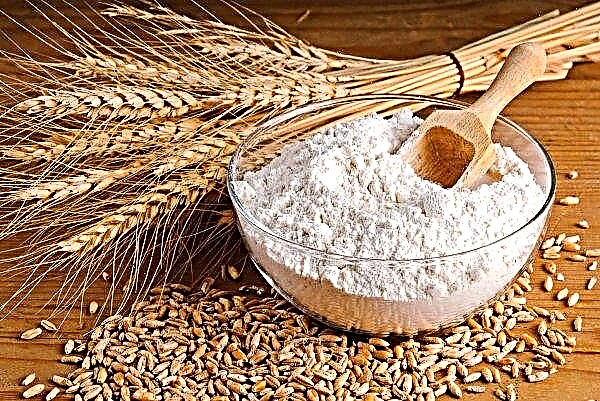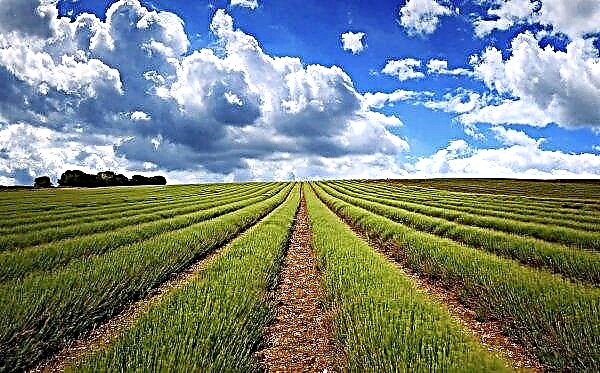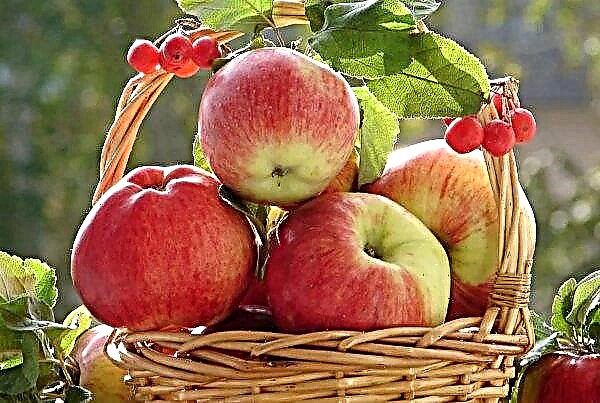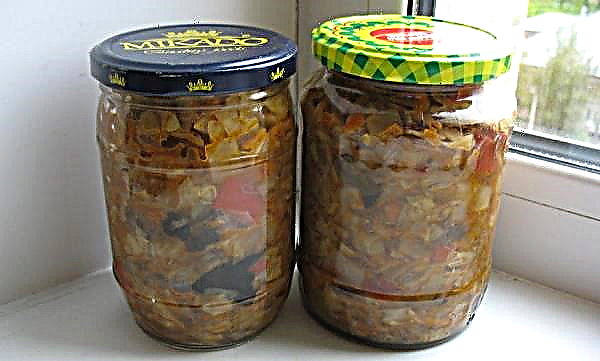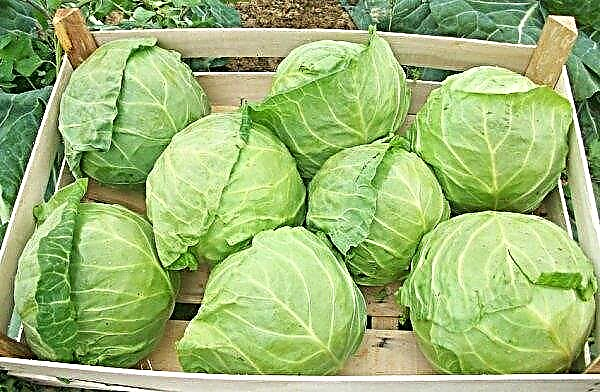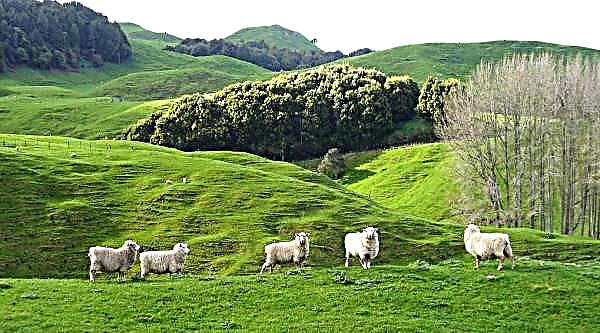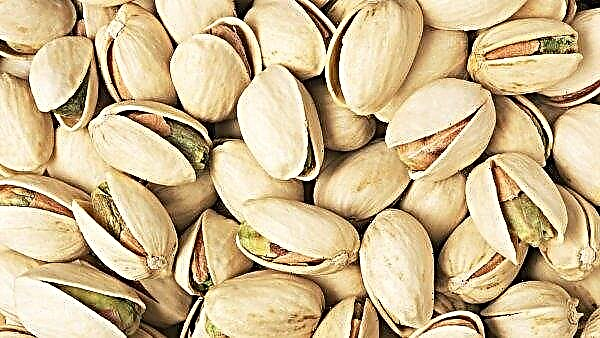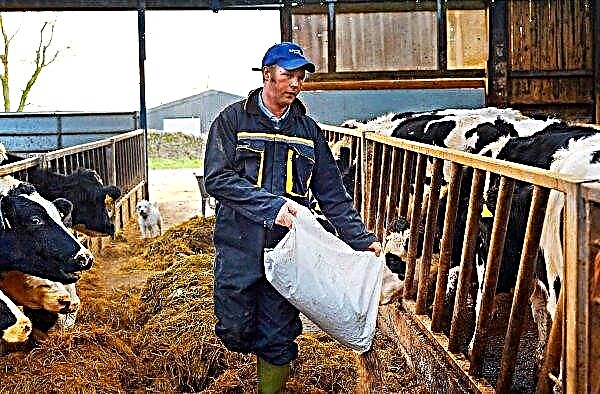Root celery is one of the most useful plants that can be grown in a summer cottage. The article contains information on how to get a decent crop of these root crops from seeds by seedling method.
Plant description
Wild celery root grows on the Mediterranean coast. Later, after cultivation, two varieties of the plant arose - spice and taste culture and vegetable. It was introduced into the Russian Empire during the reign of Catherine II, where it was widely used in all forms: root, leaf, petiolate.
The plant is a two-year crop of the Umbrella family. The sheet plate is large, saturated green, shiny, consisting of several pointed lobes.
In the first year, celery root actively forms green mass and root crops (rounded, may be slightly flattened). In the second year, a flower stalk is formed, the flowering time falls at the beginning - mid-summer, after which the fruits with seeds ripen in August.
Characteristics of the composition of root celery:
- A special place in the chemical composition is given to the presence of essential oils and flavonoids, which are present in all parts of the plant.
- Root and greens are rich in vitamins of group B, K, E, carotene, ascorbic acid.
- Macronutrients - potassium, calcium, phosphorus;
- Trace elements - zinc, manganese, iron.
- Organic acids - chlorogenic, acetic, oxalic, coffee, sedan.
Important! Sedanolide essential oil determines the strongest antimicrobial properties of celery.
The best varieties of root celery
Varieties of celery are divided into early ripe, mid-ripening and varieties of late ripening:
- Early ripe root vegetables have a more delicate taste, thin skin, so they are more suitable for canning and seasonal trading. Allocate grade "The president" Dutch breeding - large, disease-resistant, with no side roots. Also proved to be a good grade "Yudinka".
- Mid-season celery is more mild, with a bright rich taste. Recommended varieties such as Prague Giant, Diamond, Cascade, Egor.
- Late grades "Anita", "Maxim", "Gribovsky" retain their commercial and taste qualities with long shelf life. They are distinguished by transportability over long distances.

Features of growing seedlings at home
A description of the process of growing celery seedlings for subsequent planting in open ground is given below.
Seed planting time
When choosing seeds, it is necessary to take into account that they are saturated with essential oils and are very small, therefore they germinate slowly and quickly lose their germination. Accordingly, for seedlings it is recommended to use fresh seed material, which is sown in mid-February.
Selection of landing tanks and suitable soil
Soil for seedlings can be purchased ready-made in specialized stores. They independently prepare the soil by mixing in equal parts sand and vermicompost (mature).
Also, the composition may be as follows:
- peat - 6 parts;
- humus - 2 parts;
- turf land - 1 part.
Did you know? Celery, consumed in small amounts at night, promotes healthy, strongWell.
For sowing seeds, it is optimal to use plastic boxes, previously thoroughly washed and disinfected with a potassium permanganate solution, into which the prepared soil mixture is poured.
Seed treatment
To ensure rapid germination of seeds, they are placed in hot water (about 50 ° C) for 30 minutes, after which they are kept for two days in warm water, constantly changing the cooled water to hotter.
The swollen seeds are placed in a thin layer on a paper towel and kept to a state of flowability.
Sowing seeds
There are two ways to plant celery seeds:
- in the grooves made on the ground surface 0.5 cm deep, pour seeds that are pre-mixed with fine sand;
- in the above grooves, small holes are made with a sharp object at a distance of 2 cm from each other, into which several seeds are placed.
There must be a distance of at least 7 cm between the grooves on the soil surface.
Top crops sprinkled with a half-centimeter layer of earth and cover the containers with film. Boxes should be indoors at a temperature of + 18 ° C to + 22 ° C. Periodically sprayed with water from the spray of the soil surface.
Video: Sowing seed celery root seedlings
Further seedling care
After emergence (after about half a month), the containers are transferred to a cooler place, with a temperature of about + 17 ° C and sufficient lighting. While the shoots are weak, watering is continued by spraying. It is possible to take containers to the insulated balcony or loggia for short periods of time, but temperatures below + 10 ° C have a bad effect on the formation of root crops.
After the formation of two true leaves, seedlings are picked into peat pots or individual containers (glasses, pots). Experienced summer residents recommend not to perform this procedure, since plant roots can be damaged. For prophylactic purposes, from seedlings and pests, seedlings are sprayed with a concentrated solution of potassium permanganate.
If the soil mixture consisted of the recommended components, then in the process of forming seedlings at home, fertilizing is not needed. Otherwise, it is necessary to add ammonium nitrate or Kemira 1-2 times.
Permanent landing
Consider the features of planting root celery and care for it in the open ground.
Optimal timing
Transshipment of plants from containers on the ridge should occur no earlier than mid-May. In any case, it is necessary to proceed from the weather conditions that prevail in the sowing season.

Seat selection
The soil in which the celery root will continue to grow should be loose and fertile. The ridge is formed so that during the day there is a maximum amount of sunlight.
They dig the land for planting in the fall with the simultaneous introduction of potassium-phosphorus fertilizers and a small amount of well-rotted humus. In the spring, when the ridge is loosened before planting, once again fertilize the soil with mineral fertilizers, applying 1/3 of the autumn dose.
Fertilizer can be applied once - in the spring, before planting. It can be Kemira or complex mineral fertilizer.
Important! Root celery categorically does not tolerate fresh organic fertilizers, so it should be planted after plants that were previously fed with manure or litter.
Best plant neighbors:
- cabbage;
- Tomatoes
- turnip and leek:
- Beans
Step-by-step transplantation scheme
- Plant celery seedlings preferably on a cloudy day, in the morning.
- Furrows are located at a distance of 0.6 m between them.
- Between plants maintain a distance of 30 cm, so that the developing bushes do not oppress each other. The growth point of the vegetable crop should remain on the surface of the soil.

Features of further care
Watering must be organized in such a way that the ridge remains in a constantly moistened state. The lack of water leads to cracks in root crops, an excess - to the formation of adventitious roots, loose structure of the root.
Three weeks after planting seedlings during irrigation, fertilizing with complex fertilizer is carried out at the rate of 20 g per 1 meter linear.
Two subsequent times the soil is fertilized with potash (30 g / m²) and phosphorus (15 g / m²) means. Nitrogen feeding is not used.
Did you know? Celery is useful for smokers: its consumption helps to eliminate toxins and carcinogens contained in tobacco smoke.
Biological agents are used as protective preparations against harmful insects and diseases. The use of chemicals is excluded.
Particularly effective drugs are:
- "Lepidocide";
- Fitoverm;
- "Haupsin";
- "Bitoxibacillin";
- "Boverin."

Summing up, we can safely say that it is not difficult to grow a tasty and healthy vegetable for health and beauty. Subject to the rules of agricultural technology and storage regimen, a vitamin root crop will be present in the diet all year round.

